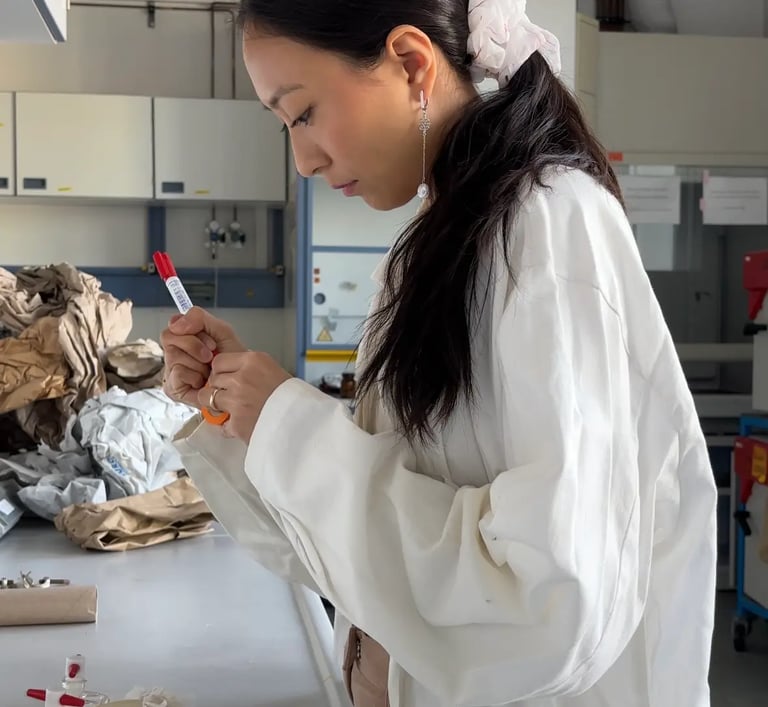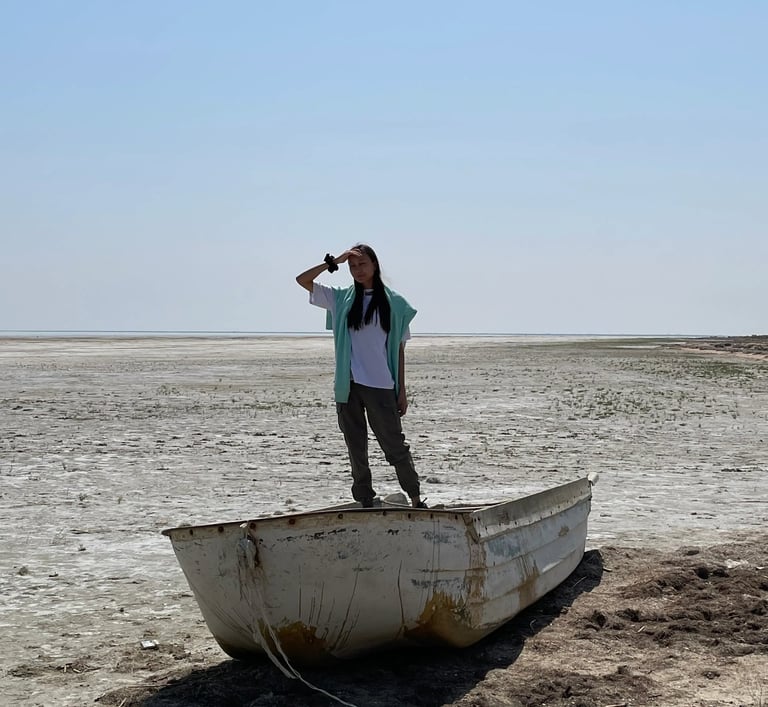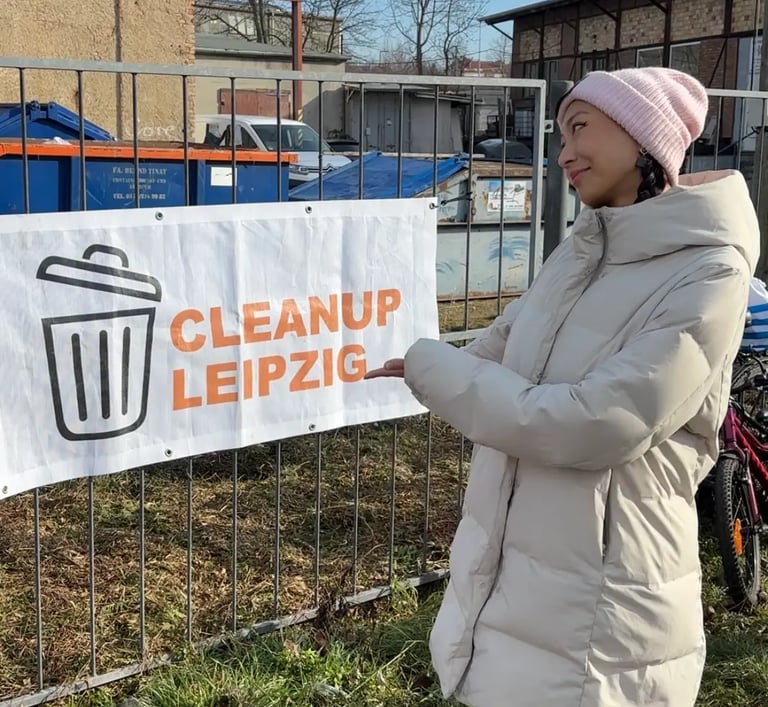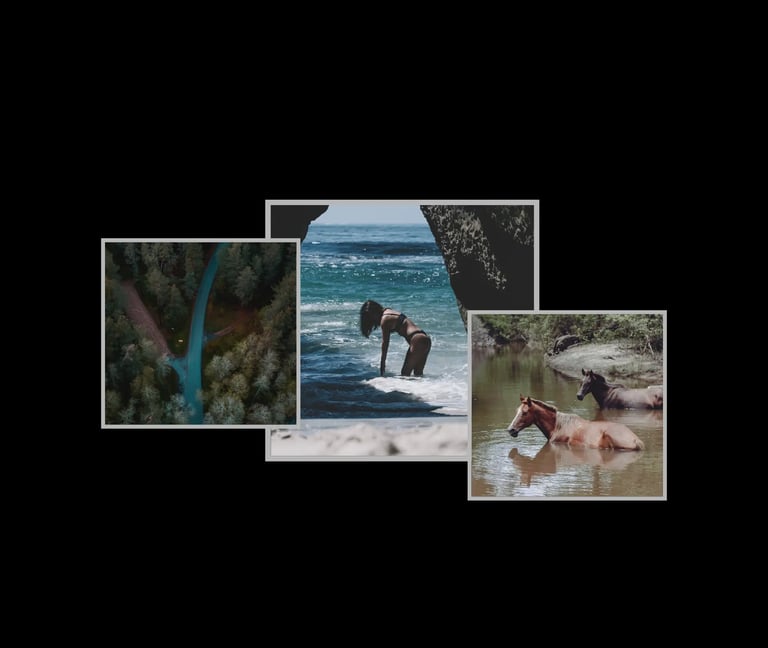Dana’s Vision: A Planet Where Plastic Doesn’t Win
PEOPLE & STORIES
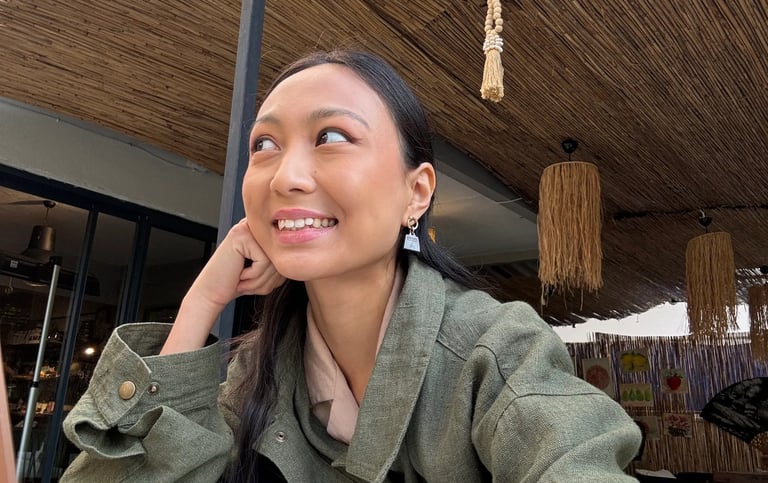

Name: Dana Zhaxylykova
Title/Profession: Microplastics Researcher & Sustainability Influencer
Based in: Germany
Instagram: @dankazh
Followers: 84k
Known for: Making microplastics science accessible, advocating for policy change, and building a global online community around environmental awareness
From the vanishing waters of the Aral Sea to the global spread of microplastics, Dana’s path into environmental science was shaped by personal experience and a deep urgency to protect what remains. What began as a response to an ecological disaster in her home region of Kazakhstan has evolved into a powerful voice for environmental awareness, regulation, and action. Through her work and growing online presence, she’s helping thousands understand the hidden threats in our everyday lives — and what we can do about them.
Here are 10 questions that shed light on Dana’s work, perspective, and the fight against microplastic pollution.
1. Tell us a bit about your journey — what sparked your interest in microplastics and environmental science?
I'm from the Aral Sea area in Kazakhstan, where a huge environmental disaster took place in the 60s. We lost 90% of the Aral Sea, and that affected my family and people around me a lot — both health-wise and economically — because fishing was the main food and income source for local people. Not to mention the unique biodiversity we lost due to that. That was the first and biggest reason for me to become an environmental scientist. I worked on different topics like air and water pollution, and microplastics was supposed to be yet another topic for me. However, when I started reading about it, I learned that microplastics are so understudied — but at the same time, they're found everywhere. Also, there's a huge lack of proper regulations. There's still so much work to do regarding microplastics, so I decided to stick with this topic until we resolve this issue.
2. If microplastics could speak, what story do you think they’d tell us about how we live today?
That's a funny question. I think they'd be grateful that we use so much unneeded plastic that gave birth to so many microplastics. We're making everything possible currently to make this problem grow bigger and bigger.
3. You’ve become a go-to source for breaking down complex science — how do you balance facts with urgency without overwhelming people?
Balancing these two things is still a skill I'm trying to master, and I feel like I'm not yet good at that. But I always try to tell people not to freak out about this problem because panic is never good. I try to focus on solutions instead and little ways that can minimize their exposure to microplastics. Also lately, I've been focusing a lot on demanding regulations and changes from industries and governments — because that's where action is needed the most.
4. What’s one everyday item or habit that still shocks people when they learn it contributes heavily to microplastic pollution?
While it's not the biggest contribution, people are shocked to learn that personal care products like shampoo, deodorant, toothpaste, creams, scrubs, and so on often have microplastics as ingredients. Some countries are already putting bans on them, so hopefully we will not see that anymore in the future.
5. How do microplastics end up in our food, water, and even our bodies? And what are the potential health risks?
One plastic object can release trillions of microplastics in their lifetime (and we know lifetimes of plastic is hundreds of years). Since they're not easily degradable and they're small and light, they're travelling the world and eventually end up in our water and food and even air. About the health risks, the research is still ongoing. However, the chemicals associated with plastics were found to cause issues with reproductive health and other issues.
6. You’re active on social media — how has that platform helped you amplify awareness, and what’s been the most surprising response you’ve received?
I never even imagined that people could be so interested in the topic of microplastics, so growing my community to 80,000 people in a year was already a big surprise for me. Finally, this issue is gaining recognition that we urgently need to solve. Having this platform, I gave interviews to such big media channels like BBC, Daily Mail, Al Jazeera, Unilad, and so on! This gives me so much hope for a cleaner, sustainable future.
7. How do you define “living consciously” in your own life?
For me, it's always having our planet, animals, and other people in mind. I'm doing my best to bring as little harm as possible — and that makes me happier.
8. Which ethical or eco-conscious brands are part of your everyday life?
I don't think I have any I can pinpoint to. I feel like overconsumption is an enormous issue that is fueling the microplastics problem. I try to buy everything secondhand or borrow from friends and family. This way, it's not only good for the planet but also reinforces the sense of community.
9. What do you turn to when you need inspiration — books, places, rituals, people?
Good music, home-cooked fresh food, and some me-time.
10. If someone gave you an hour to speak to world leaders, what would you want them to understand that they clearly don’t yet?
Getting them to understand that environmental problems are us-problems. We're all in this together, and we need to start acting now. Climate change, air and water pollution, biodiversity loss, plastic waste — it will affect every aspect of our lives, from health to economy. I'm still baffled by the fact that we need to convince people into caring about our only home.
